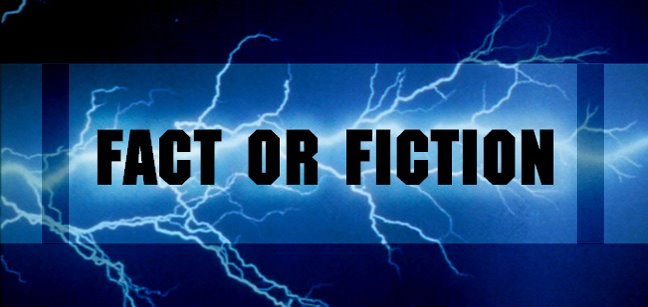Tuesday, November 11, 2008
Looking at Black Holes
In 2005, the hubble telescope took pictures of what we call "the deep field". In this one image (taken over the course of 11 days) we can detect over 10,000 galaxies. Is it possible that every one of these systems contains/was created by a black hole?
Sunday, November 2, 2008
Particle Accelerators
The Large Hadron Collider (LHC) is the world's largest and highest-energy particle accelerator, intended to collide opposing beams of protons or lead ions, each moving at approximately 99.999999% of the speed of light.
The LHC was built by the European Organization for Nuclear Research (CERN) with the intention of testing various predictions of high-energy physics, including the existence of the hypothesized Higgs boson and of the large family of new particles predicted by supersymmetry. It lies underneath the Franco-Swiss border between the Jura Mountains and the Alps near Geneva, Switzerland. It is funded by and built in collaboration with over 10,000 scientists and engineers from over 100 countries.
On 10 September 2008, the proton beams were successfully circulated in the main ring of the LHC for the first time. On 19 September 2008, the operations were halted due to a serious fault between two superconducting bending magnets. Owing to the already planned winter shutdown, the LHC will not be operational again until the spring of 2009. The LHC was officially inaugurated on 21 October 2008, in the presence of political leaders, science ministers from CERN's 20 Member States, CERN officials, and members of the worldwide scientific community.
Wednesday, October 29, 2008
Monday, October 27, 2008
Understanding Atoms & Subatomic Particles
The atom is the smallest unit of an element that retains the chemical properties of that element. An atom has an electron cloud consisting of negatively charged electrons surrounding a dense nucleus. The nucleus contains positively charged protons and electrically neutral neutrons. When the number of protons in the nucleus equals the number of electrons, the atom is electrically neutral; otherwise it is an ion and has a net positive or negative charge. An atom is classified according to its number of protons and neutrons: the number of protons determines the chemical element and the number of neutrons determines the isotope of that element.

In the Standard model of physics, both protons and neutrons are composed of elementary particles called quarks. The quark is a type of fermion and is one of the two basic constituents of matter—the other being the lepton, of which the electron is an example. There are six types of quarks, each having a fractional electric charge of either +2/3 or −1/3. Protons are composed of two up quarks and one down quark, while a neutron consists of one up quark and two down quarks. This distinction accounts for the difference in mass and charge between the two particles. The quarks are held together by the strong nuclear force, which is mediated by gluons. The gluon is a member of the family of gauge basons, which are elementary particles that mediate physical forces.

Sunday, October 26, 2008
Role of the Observer


Washington DC 1993

Given the strength of these results, their consistency with the positive results of previous research, the grave human and financial costs of violent crime, and the lack of other effective and scientific methods to reduce crime, policy makers are urged to apply this approach on a large scale for the benefit of society.


